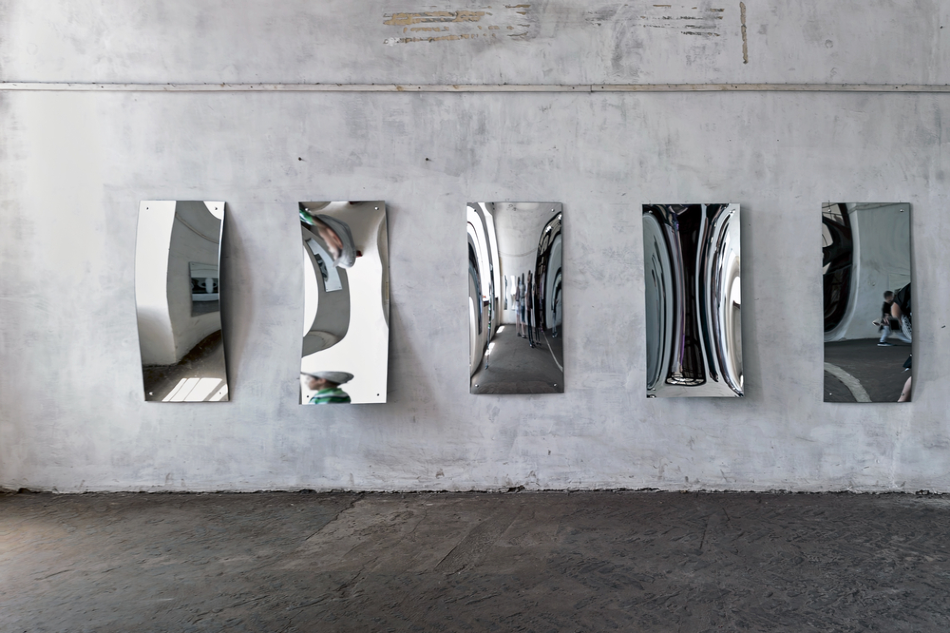Nov 17 2007

Image Credit: Havoc
Article updated on 03/03/20 by Mihaela Dimitrova
Dioptre is a measurement unit that describes the optical power of a lens or a curved mirror. Dioptre can be expressed as the reciprocal value of its focal length in meters. For instance, a 4 dioptre lens will bring parallel light rays into focus at 1/4 meters. There is no internationally accepted abbreviation or name for this measurement unit, despite it being based on the International System of Units (SI) – the metric system.
To correct long-sightedness, convex lenses, which have a positive value of dioptre, are used. Meanwhile, to treat for short-sightedness, concave lenses, which have a negative value of dioptre, are used. To assess the level of dioptre, a measurement of refractive error is taken. Refractive error is a problem in the retina, where light is not focused accurately due to the shape of the eye.
Among the most common types of refractive errors are near-sightedness, far-sightedness, astigmatism, and presbyopia. Optometrists usually measure the refractive error of individuals using lenses that are graded in steps of 0.25 dioptres.
Describing a lens in terms of its optical power is more meaningful compared to describing it in terms of its focal length. This is especially the case when several thin lenses are placed in close contact. In this case, the optical powers of the lenses can be added in approximation.
For example, a thin lens with the optical power of 2 dioptres placed close to a thin lens with the optical power of 1 dioptre will produce almost the same focal length as a lens with the optical power of 3 dioptres.
Source